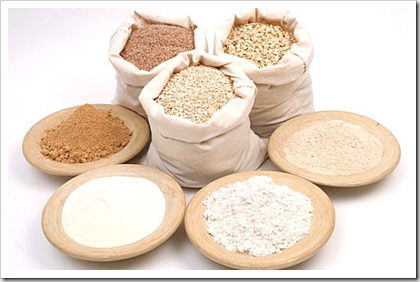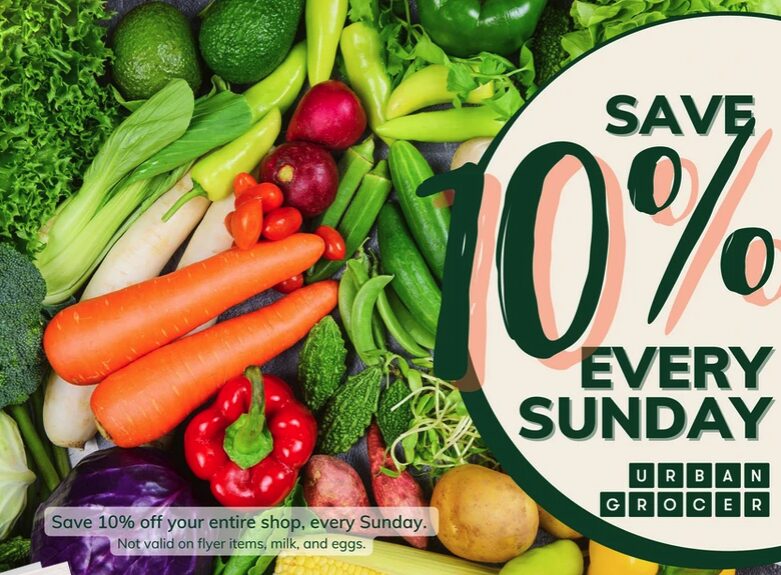Australian Celiacs Face Same Cost Challenges
 “New study reveals hidden costs of gluten-free diet; call made for subsidy program”
“New study reveals hidden costs of gluten-free diet; call made for subsidy program”
by Sarah Hawke, ABC.net.au 2016-04-19
A newly published study quantifying the cost of gluten-free foods shows a family with two children can pay up to 17 per cent more for a gluten-free diet, with the cost blowing out for single men on welfare.
- Study shows high costs of attempting to live gluten-free
- Single men on welfare could spend 75 per cent of income on food
- Researchers call for Government to help those with medical need for gluten-free food
The Dieticians Association (DAA) of Australia said the results published in its scientific journal Nutrition and Dietetics “demonstrates for the first time that a gluten-free diet is a significant financial burden for many Australian family types”.
The study, conducted by University of Wollongong researchers Kelly Lambert and Caitlin Ficken, compared a gluten-free diet with a regular weekly shopping basket using data from supermarkets in five varying suburbs in the Illawarra region south of Sydney.
 “The most discrepant food item was actually flour, so it was 570 per cent more expensive to buy gluten-free flour than it was for plain flour, so even making things from scratch is exorbitantly more expensive,” said Ms Lambert, who is also a dietician at Wollongong Hospital.
“The most discrepant food item was actually flour, so it was 570 per cent more expensive to buy gluten-free flour than it was for plain flour, so even making things from scratch is exorbitantly more expensive,” said Ms Lambert, who is also a dietician at Wollongong Hospital.
Wholemeal bread was found to be nearly five times more expensive.
| Regular Item per 100 grams | Gluten Free per 100 grams | |
|---|---|---|
| Flour | $1.01 | $5.68 |
| Pasta | $0.13 | $0.64 |
| Wholemeal Bread | $0.20 | $0.94 |
| Muesli | $0.32 | $1.31 |
| Vegemite | $0.96 | $1.72 |
Single man on welfare ‘would spend 75 per cent of income’
Ms Lambert said the study showed that budgets took a significant hit due to the high costs of gluten-free foods.
“For a typical family receiving average weekly earnings it was 30 per cent, but if you’re on welfare it was 40 per cent,” she said.
The researchers found a single male on welfare, who requires a lot of calories, faces spending most of his payment on non-gluten foods.
“In order for them to meet their food requirements for a week, they would have to spend 75 per cent of welfare on food which is just absolutely impossible,” Ms Lambert said.
“One of the traditional indices we use for whether something is affordable in terms of a diet or not is if you’re generally spending more than 25 percent of your income each week on food.”
Push to ease gluten-free cost burden
One in 100 Australians must follow a gluten-free diet for medical reasons, and Ms Lambert is urging the Government to investigate ways to ease the cost burden.
““For people who require a gluten-free diet for medical reasons such as coeliac disease, if you don’t comply with the diet, you are actually at more higher risk of developing certain types of cancer,” Ms Lambert said. “It can lead to osteoporosis, it can lead to iron deficiency, it can even lead to infertility in some females. To me it seems like it has even been overlooked, people just know that the cost of gluten-free foods is expensive and they bear it. I don’t think it has to be that way, there are alternatives,” she said.
One option Ms Lambert advocates is a national subsidized medical food program similar to the UK’s, which would be made available to those with coeliac disease.
“People go and get a prescription for their gluten-free food and purchase it from a chemist or approved supplier where they actually buy it, so that it’s equitable for everybody.”
The Dietitians Association of Australia said it would need to see more modelling before committing either way on the proposal.
Cost and affordability of a nutritionally balanced gluten-free diet: is following a gluten-free diet affordable?
by Kelly Lambert, Wollongong Hospital Caitlin Ficken, University of Wollongong
Aim To determine the cost and affordability of a gluten-free healthy food basket for four reference families in Australia. A secondary aim was to determine the price differential between commonly available gluten-free and gluten-containing food staples.
Methods Exploratory study using an amalgamation of two commonly used food basket costing methods. Two food basket types were constructed for four common Australian family types. These were designated the Healthy Food Basket and modified (gluten-free) Healthy Food Basket. Baskets were priced at five locations and costs as a proportion of the Equivalised Household Disposable Income and average weekly earnings for welfare recipients were calculated. The price differential for four common bread and cereal staples were also calculated per 100 g.
Results The gluten-free healthy food basket was significantly more expensive compared to a gluten-containing healthy food basket for all family types. The gluten-free basket was considered unaffordable for three of the four common family types. Gluten-free staples are significantly more expensive than their gluten-containing counterparts.
Conclusions Compliance to a gluten-free diet may be more difficult for some families due to the significant price discrepancy of gluten-free items. Families on welfare with people who require a gluten-free diet are particularly vulnerable to food insecurity. Consideration should be given to the creation of a national subsidized medical foods program to enable equitable access to affordable gluten-free staple foods via prescription.
Publication Details: Lambert, K. & Ficken, C. (2016). Cost and affordability of a nutritionally balanced gluten-free diet: is following a gluten-free diet affordable?. Nutrition & dietetics, 73 (1), 36-42. https://dx.doi.org/10.1111/1747-0080.12171













